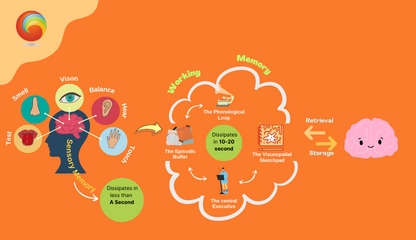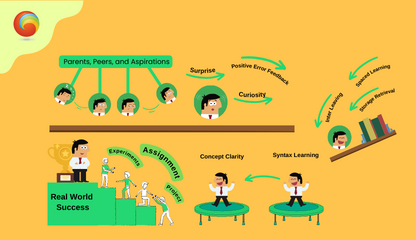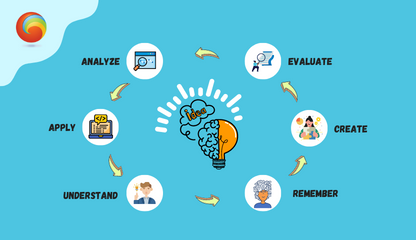Neuroscience & The Art Of Teaching | Uncommon Sense Of TeachingHow We Teach
Let’s explore how neuroscience and the art of teaching go hand in hand. Teaching has been called an art, and yet the art of teaching remains elusive.

Neuroscience is vital because it can give us far more direct insight into the foundations of learning and education than any other discipline. Neuroscience supports an understanding of the art of teaching and learning (and vice versa) both directly and via its connections to psychology.
Building Memory
Let’s understand what’s going on, take a step back, and look at the fundamental building block of our brains — the biological cell called a Neuron.
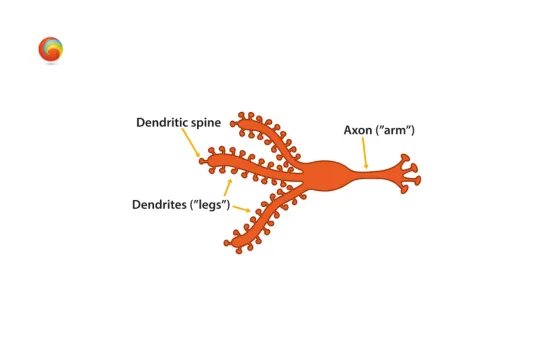
Neurons, if you look only at their main parts, are simple. They have legs, which are called dendrites. The legs have lots of spines on them, almost like a cactus (technically, these are called dendritic spines). And they have an arm, which is called an Axon. When students are actively focusing on their learning, they are beginning the process of making connections between neurons.
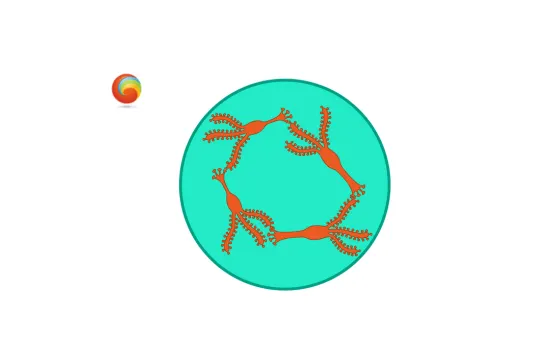
Once a neuron involved in the learning process comes close enough to a neighboring neuron, a signal jumps across the narrow gap (synapse) between the two neurons. That signal, as it passes from neuron to neuron, is what forms our thoughts — it’s the foundation of our learning.
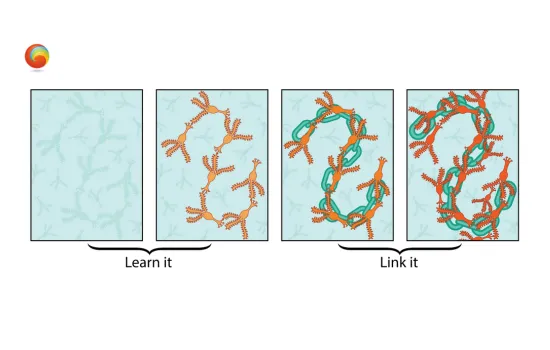
Long-Term Memory Vs Working Memory
Long-term Memory is what it sounds like — it holds the information we’re able to store and bring back to mind from weeks, months or even years before. But working memory — that temporary holding pattern for thoughts — is different from long-term memory.
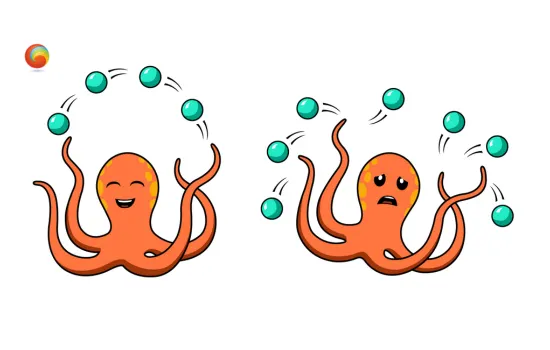
Rather than sets of links that reside happily in the neocortex, working memory is more like an octopus tossing a set of balls. These balls represent thoughts that bounce over and over again , as long as you are holding the ideas in working memory. Most people can hold a maximum of about four pieces of information in working memory at once. But if they get distracted or they try to keep too many balls in mind at once, the thoughts can all fall out!
But getting the information into long-term memory can be difficult, well the retrieval practice is one of the best techniques for strengthening new information in long-term memory.
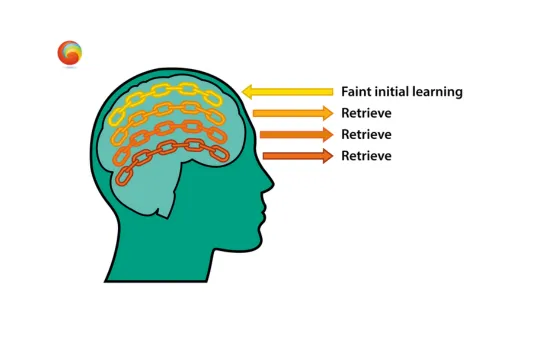
Retrieval practice means drawing ideas you’re starting to learn from your own mind rather than simply looking at the answer. Good examples of retrieval practice include using flash cards.
Inclusivity and Differentiation
Learning is not the same for everyone, and a one-size-fits-all approach rarely works for every brain. So there are two methods, inclusivity and differentiation, when the art of teaching is concerned.
The term inclusivity means reaching out to include those who are commonly marginalized or excluded. It describes teaching students who receive special education services and general education students in the same classroom.

Differentiation means teaching the same content knowledge and skills to all students but using different approaches to meet individual needs. Differentiation includes adjustments in instruction, materials, and assignments. Here is where scaffolding to support a student’s readiness comes into play.
Active Learning
Active learning engages students in the process of learning through activities and/or discussion in class, as opposed to passively listening to an expert. It emphasizes higher-order thinking and often involves group work.

The fact that active learning keeps students interested is one of its main advantages. They engage with a subject by engaging in tasks that help to reaffirm understanding, concept, and skill.
Two Important Ways of Remembering
The two different memory systems, declarative and procedural memory can learn the same concept in two different ways, providing a richer way for students to understand the material.
- Declarative Memory
The brain has three fundamental parts that are involved in learning: working memory, the hippocampus, and the neocortex. They all work together to form your declarative learning system.

It involves facts and events that can be consciously recalled, or “declared.” The declarative memory system relates to working memory, the hippocampus, and long-term memory in the neocortex.
- Procedural Memory
It often involves how to do something, such as typing on a keyboard, tying a shoelace, or the steps to solving a math problem. The procedural system involves the basal ganglia as well as the neocortex.
Lets understand both memory systems in depth :
- The Declarative Learning System
- The Procedural Memory
In declarative learning, working memory deposits the new information it is gathering into long-term memory in the neocortex. But the neocortex is hugHow can working memory ever find any specific piece of information again?
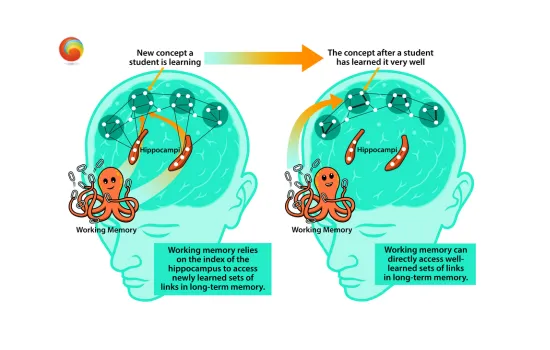
Each student retrieves information, the hippocampus strengthens links between information stored around the neocortex. Eventually, after memories are consolidated in the cortex, working memory is able to retrieve the information directly from the neocortex without using the hippocampus as the index.
It has a second way of getting information to long-term memory — a backup system we don’t even have to think about consciously. With this latter, procedural learning system, information is sifted and shifted from what we see, hear, or feel into long-term memory through the basal ganglia and their associated structures.
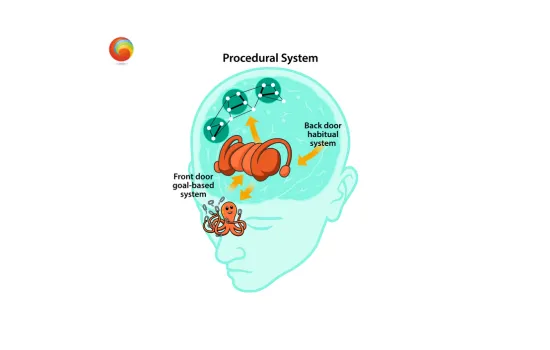
The procedural system of the basal ganglia takes input from the entire cortex, including the sensory input areas (the habitual part of the procedural system that begins with, for example, your visual or auditory systems toward the back of the brain) and the prefrontal cortex, through the basal ganglia and associated structures, to finally create a set of links in long-term memory.
Both Declarative and Procedural Learning of the Same Information Is Important!
- Information learned declaratively is flexible but slower to bring to mind.
- Information learned procedurally can flow into use with almost uncanny swiftness but be inflexible.
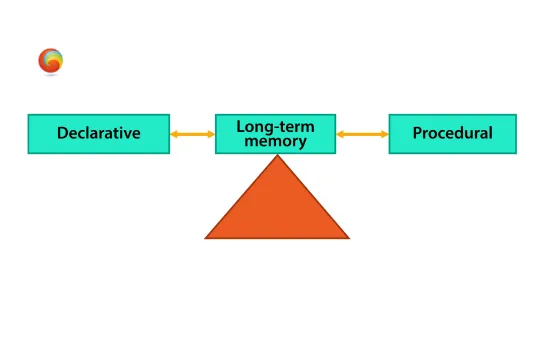
You can think of declarative and procedural learning as being like a seesaw. When one system is being used to learn, the other system is on standby. But ultimately, information learned with both systems forms the most powerful, flexible learning.
Using the Declarative System to Get Information into Long-Term Memory
To understand the essentials of how information moves from working memory into long-term memory — declarative learning — it’s best to start with a metaphorical story of a trio of characters.
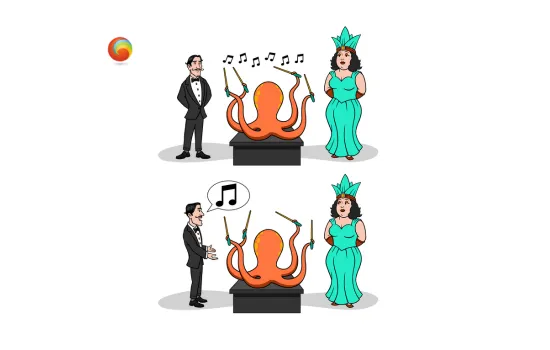
The brain is like a little choir with the conductor (working memory), Hip (the hippocampus), and Neo (neocortex). Here, Hip sings his indexing song to Neo. This helps remind Neo which of her many scattered new connections she needs to strengthen, and which to weaken.
Uncommon Sense of Teaching: Insights from Neuroscience and the Art of Thinking Clearly
Understanding the different memory systems, declarative and procedural memory, provides a more comprehensive perspective on how students grasp concepts.
To delve deeper into the subject of mental models and its impact on decision-making, you may refer to our previous blog on the art of thinking clearly and decision-making models.
This blog explores the concept of mental models and provides insights into enhancing cognitive processes. By understanding mental models, educators can develop a more comprehensive understanding of how students think and make decisions, thus enhancing their teaching strategies.
Frequently Asked Questions
- How does neuroscience influence teaching?
-
Neuroscience influences teaching by providing insights into how the brain learns and processes information. It helps educators understand the neural mechanisms behind learning, memory, attention, and motivation. Neuroscience also highlights the importance of factors like active engagement, differentiation, inclusivity, and retrieval practice in promoting deeper understanding and long-term retention of knowledge.
-
- What is the connection between neuroscience and
education?
-
The connection between neuroscience and education lies in how insights from neuroscience can inform and improve educational practices. By studying the brain and its processes, neuroscience provides valuable information on how students learn, retain information, and develop cognitive skills. Neuroscience offers a scientific foundation for understanding the cognitive and neural mechanisms underlying learning, ultimately bridging the gap between scientific research and educational practice.
-
- How is art and neuroscience related?
-
Art and neuroscience are related in several ways. By studying brain activity and imaging techniques, neuroscience can shed light on the neural processes involved in perceiving, creating, and experiencing art. This interdisciplinary approach helps us understand the cognitive and emotional impact of art on individuals.
-
- Why is neuroscience used in education?
-
Neuroscience is used in education to gain a deeper understanding of how the brain learns and processes information. By studying the neural mechanisms underlying learning, memory, attention, and motivation, educators can tailor their teaching methods to optimize student engagement, retention, and academic performance.
-
- How has the book “Uncommon Sense of Teaching” influenced our
approach to education?
-
The book “Uncommon Sense of Teaching” has significantly influenced our approach to education by integrating insights from neuroscience. We have learned the significance of active learning, differentiation, and inclusivity in creating engaging and inclusive learning environments.
-

